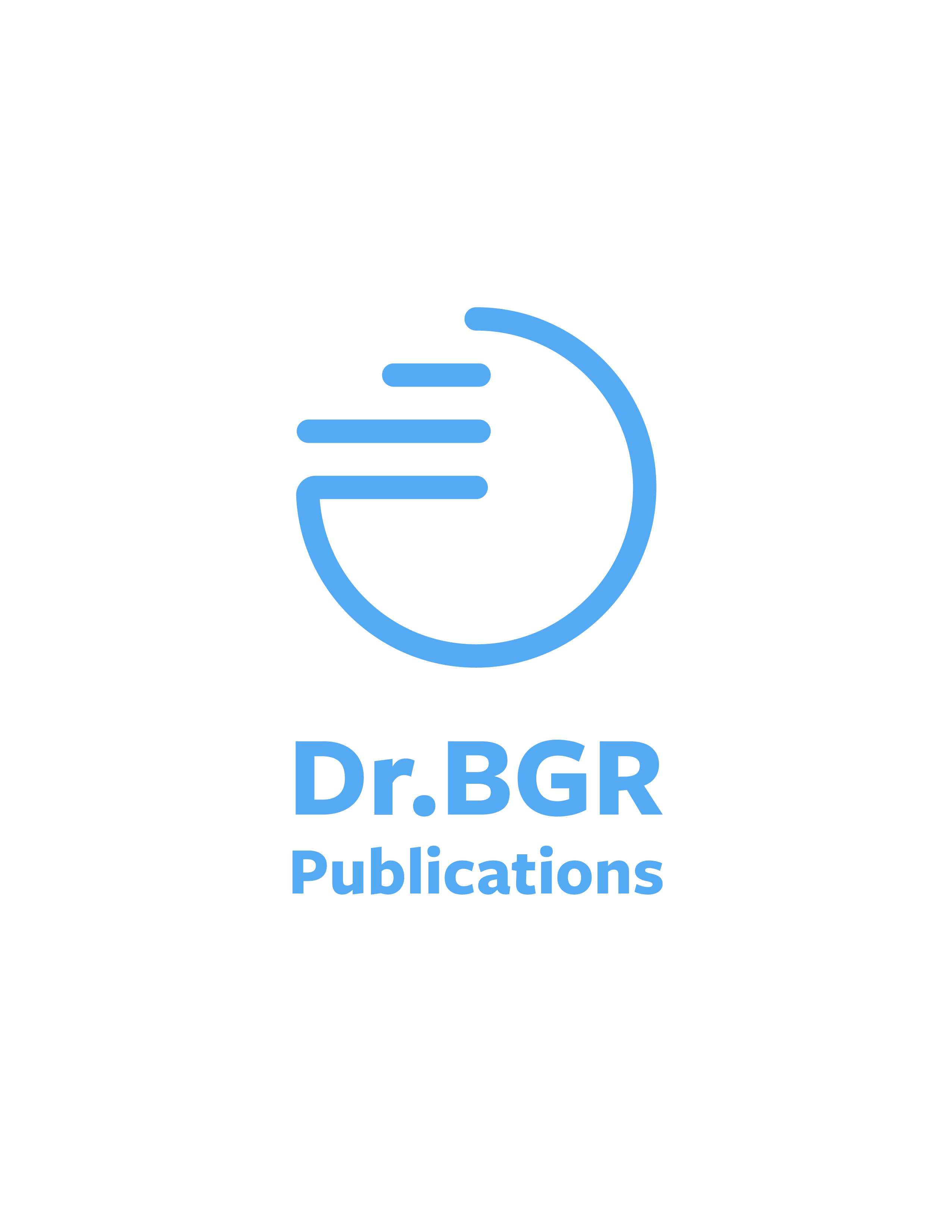Studies on characterization and antibacterial potential of epibiotic bacteria from marine animals
Title
Studies on characterization and antibacterial potential of epibiotic bacteria from marine animals
Authors
Subha priya et al.,
Keywords
epibiotic bacteria | antibacterial
Publication Details
Vol: 3; Iss: 6; Jun-17 | ISSN: 2454-5422
Abstract
Life in our planet is dependent upon the ocean, which are the sources of wealth, opportunity and abundance. About 70 % of the earth surfaces of this planet are covered by salt water. They provide us food, energy and water and sustain the livelihoods of hundreds of millions of organisms. Open Ocean can be subdivided vertically and horizontally. The marine environment covers a wide thermal, pressure and nutrient ranges and it has extensive photic and non-photic zones. The marine environment for exceeds that of the terrestrial environment, research in to the use of marine natural agent is still in its infancy. In the early sixties, the increasing needs for drugs able to control new illnesses or dead set against strains of microorganism stimulated to look for unconventional new sources of bioactive natural products. Recently, studies have also suggested that some bioactive compounds isolated from marine organisms have been showed to exhibit anti- cancer and other pharmacological activities. Most recently marine fauna associated microbial population excert unique biological activity. Lobster and Jelly fish were collected from Muthupettai is one of the Villages in Tiruppullani Taluk in Ramanathapuram District in Tamilnadu State and used as sources for the isolation of associated bacterial population. This study investigates the bacterial diversity in the lobster (Pannilurus homarus) and Jelly fish (Rhizostoma. sp). The conditions for optimal growth and salt- loving were established for the epibiotic bacteria. Over all twenty six isolates were obtained for two samples from each animal. Among these isolates totally eight strains produced pigmented colonies. Biochemically, the isolates resembled the genus Vibrio, Pseudomonas, Aeromonas, Bacillus and Altromonas. All of the salt concentration optimum growth of 1%, 20%, 40% and 60% NaCl for growth. Based on the salt concentration optimum growth of isolates observed in 20% of salinity. Epibiotic bacterial isolates on different cultivation medium, growth on different pigmentation were observed. The antibacterial activity of marine animal (lobster, jelly fish) epibiotic marine bacterial metabolites against bacterial pathogens was determined by agar diffusion method, all the 26 isolates exhibited varied ranges of antibacterial activity. The zone of inhibition ranged between 1-13mm. The minimum inhibitory and minimum bactericidal assay was performed with metabolites of selected bacterial isolates which exhibit maximum antibacterial activity and screened against test organisms at different concentration, Such as 10µg, 100µg and 1000µg. Time kill assay was performed against most susceptible bacterial pathogens by using potential epibiotic bacterial metabolites with 1x, 4x and 16x concentration for 12 hours.


